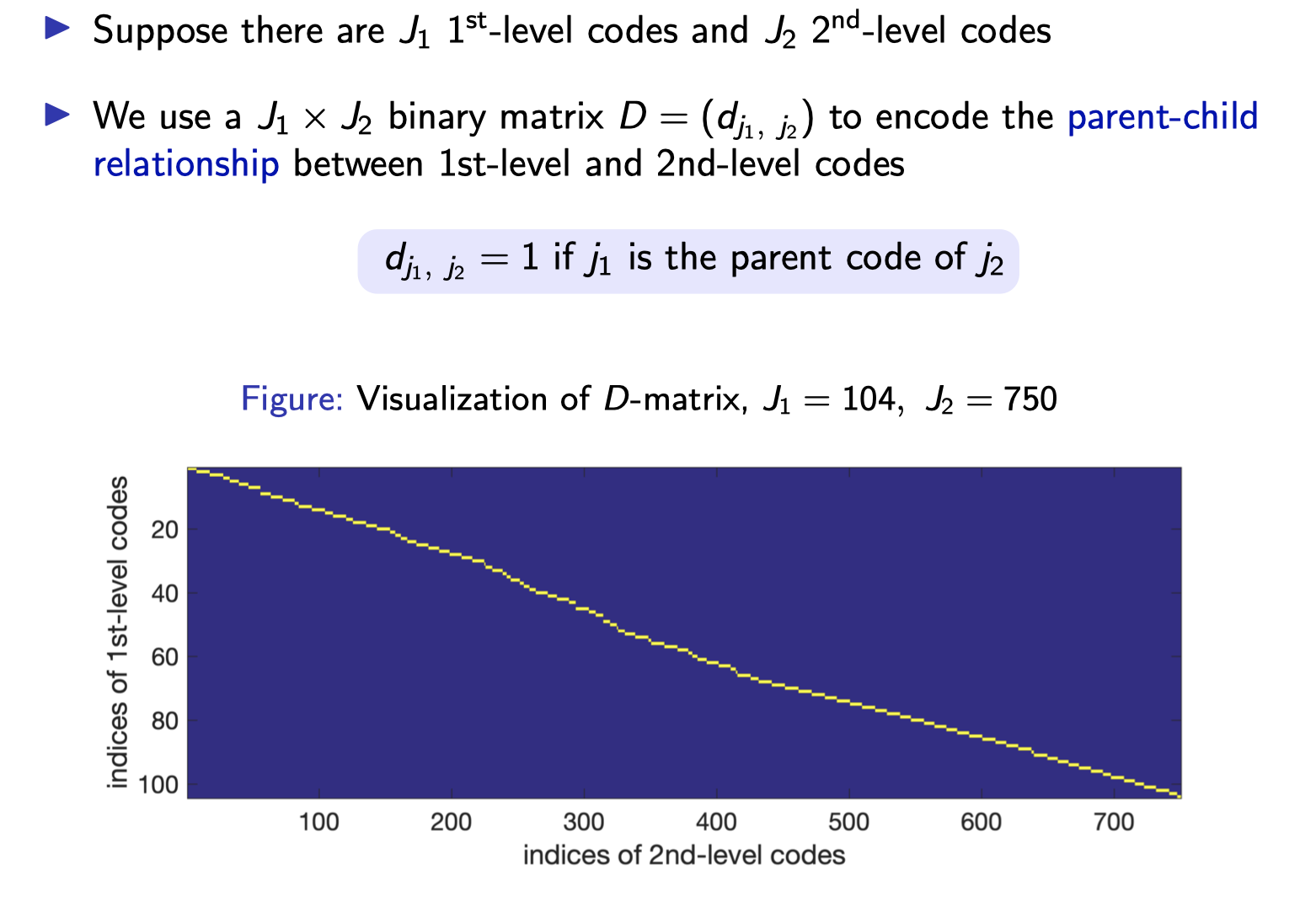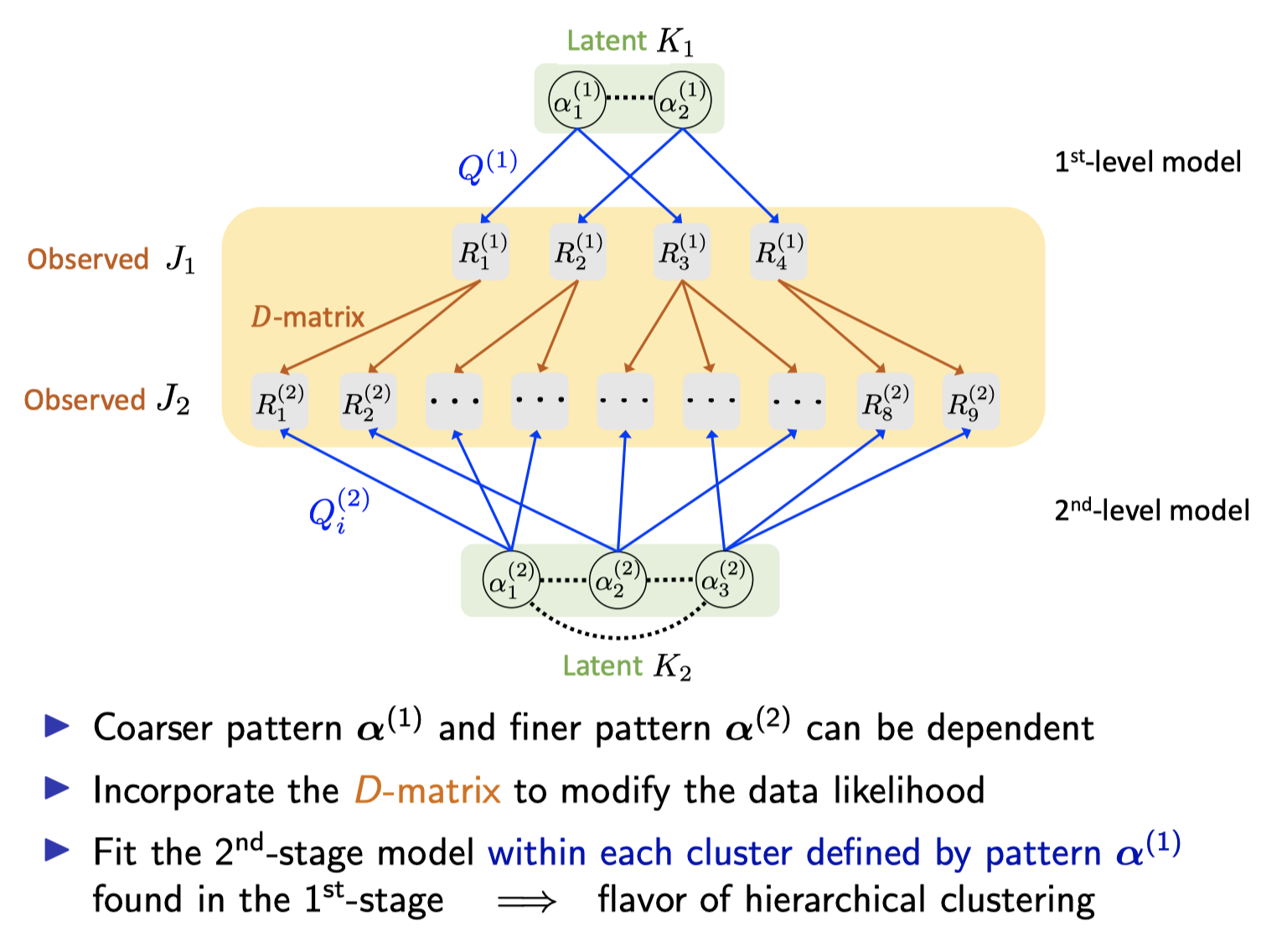slamR: Structured Latent Attribute Models in R
An R package for Structured Latent Attribute Models (SLAM)
Maintainer: Zhenke Wu, zhenkewu@umich.edu
References: If you are using slamR for clustering multivariate binary observations with SLAM, please cite the following papers:
| Citation | Paper Link | |
|---|---|---|
| SLAM - multilevel latent attributes and multilevel tree-structured responses, unknown Q | Gu Y, Li M, Xu G, Wu Z (2020+). Interpretable Clustering of Hierarchical Dependent Binary Data: A Doubly-Multi-Resolution Approach. In progress. | link |
| SLAM - known Q | Gu Y and Xu G (2019). Learning attribute patterns in high-dimensional structured latent attribute models. Journal of Machine Learning Research 20.115: 1-58 | Link |
| SLAM - hierarchical attributes, unknown Q | Gu Y and Xu G (2019). Identification and Estimation of Hierarchical Latent Attribute Models. arXiv:1906.07869 | link |
install.packages("devtools",repos="https://cloud.r-project.org")
devtools::install_github("zhenkewu/slamR")Structured latent attribute models (SLAMs) are a special family of discrete latent variable models widely used in social and biological sciences. This paper considers the problem of learning significant attribute patterns from a SLAM with potentially high-dimensional configurations of the latent attributes. We address the theoretical identifiability issue, propose a penalized likelihood method for the selection of the attribute patterns, and further establish the selection consistency in such an overfitted SLAM with a diverging number of latent patterns. The good performance of the proposed methodology is illustrated by simulation studies and two real datasets in educational assessments.
slamR works for
- one-level binary responses
- known Q, unknown attribute set
- unknown Q, unknown attribute set
- two-level binary responses
- unknown or known Q, unknown attribute sets at both levels
-
- Example code to use
slamRis atinst/example/compare_flat.R
- Example code to use
-
- restricted latent class analysis with pre-specified # of factors but unknown # of clusters


